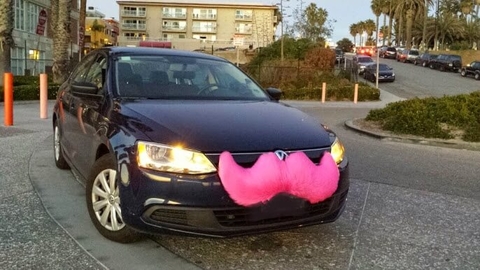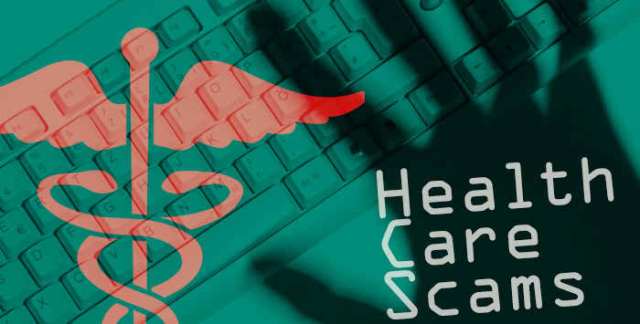
Ride-hailing service Lyft has hired an executive to lead its expansion into healthcare.
Megan Callahan will join the company as vice president of healthcare, Lyft announced. Callahan, who served most recently as chief strategy officer at Change Healthcare, will lead the strategic direction and growth of Lyft’s healthcare business.
Lyft currently partners with nine health systems and offers healthcare rides in all 50 states and the District of Columbia.
Lyft’s main competitor, Uber, has also launched healthcare-focused initiatives. (Announcement)
Ride-hailing company Uber’s healthcare platform is seeking supporters within the industry to help it expand its reach.
Uber launched the Uber Health dashboard in March, which allows providers to schedule rides for patients and is compliant with the Health Insurance Portability and Accountability Act (HIPAA). The concept was born from the company’s idea to use Uber’s growing influence to improve quality of life beyond commuting to work, said Lauren Steingold, head of strategy at Uber Health.
She said that Uber believes it can play a role in healthcare’s growing interest in home healthcare—helping providers offer more visits in a day—and could supplement nutrition services by delivering food.
More than 100 providers signed on to Uber Health at launch, and the program can be rolled out at any healthcare facility operating in regions where Uber provides its typical services. Steingold said that Uber Health’s growth will rely strongly on word-of-mouth marketing.
“For us, we just need one champion and an organization that gets it,” she said. “If someone believes in what we’re doing, they can champion it and get us over the line.”
Steingold was one of dozens of speakers at U.S. News & World Report’s Healthcare of Tomorrow conference in Washington, D.C., this week.
The healthcare industry is slow to take on new or innovative technology, but having the support of a clinician or a prominent voice within a hospital is what’s driving interest in their platform, she said.
Uber Health allows providers to schedule transportation 30 days in advance and will bill for all rides on a monthly basis. Patients are not billed directly for the rides, and any trips booked through the healthcare dashboard are not linked to that patient’s personal Uber account, if they have one.
Uber Health is also working to address access gaps that can arise for patients who may not have a cellphone. At present, the dashboard will send a text message to the patient when a ride is booked, providing the driver’s license plate number and car model, along with the time and other meetup information.
For patients who may not have a mobile phone, the providers themselves have to call them and offer those details. That hiccup is something Uber is working to address, Steingold said.
She said the company is also looking to expand its reach into underserved, rural areas, which may lack the public transportation alternatives to help patients get to appointments. Drivers are more likely to make themselves available for rides to and from the doctors’ office as more providers embrace Uber’s tools, as visits are often in the mid-day lull for ride-sharing.
Uber is also working with payers, both public and private, to address coverage concerns. Commercial payers have expressed interest in the dashboard, Steingold said, but regulations governing public programs were written long before Uber was conceieved—and are far harder to navigate.
But ride-sharing is finding its place in the healthcare system, she said.
“It’s just a matter of time,” Steingold said.


